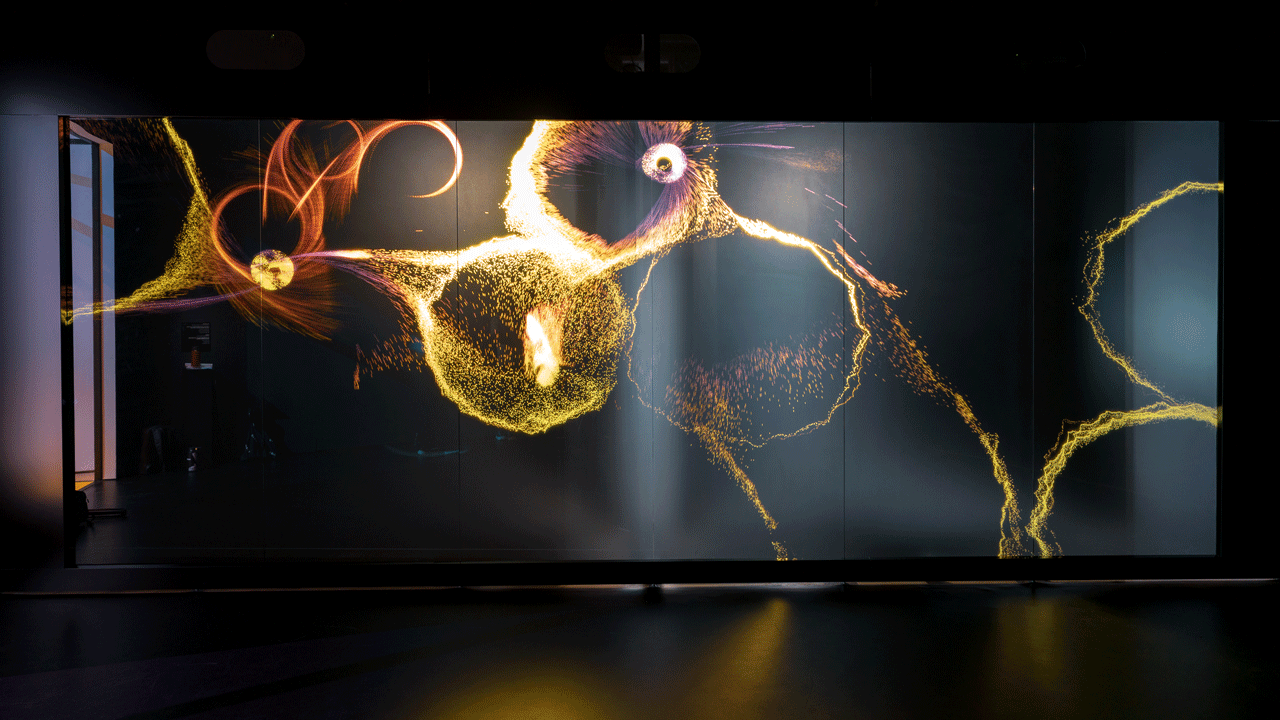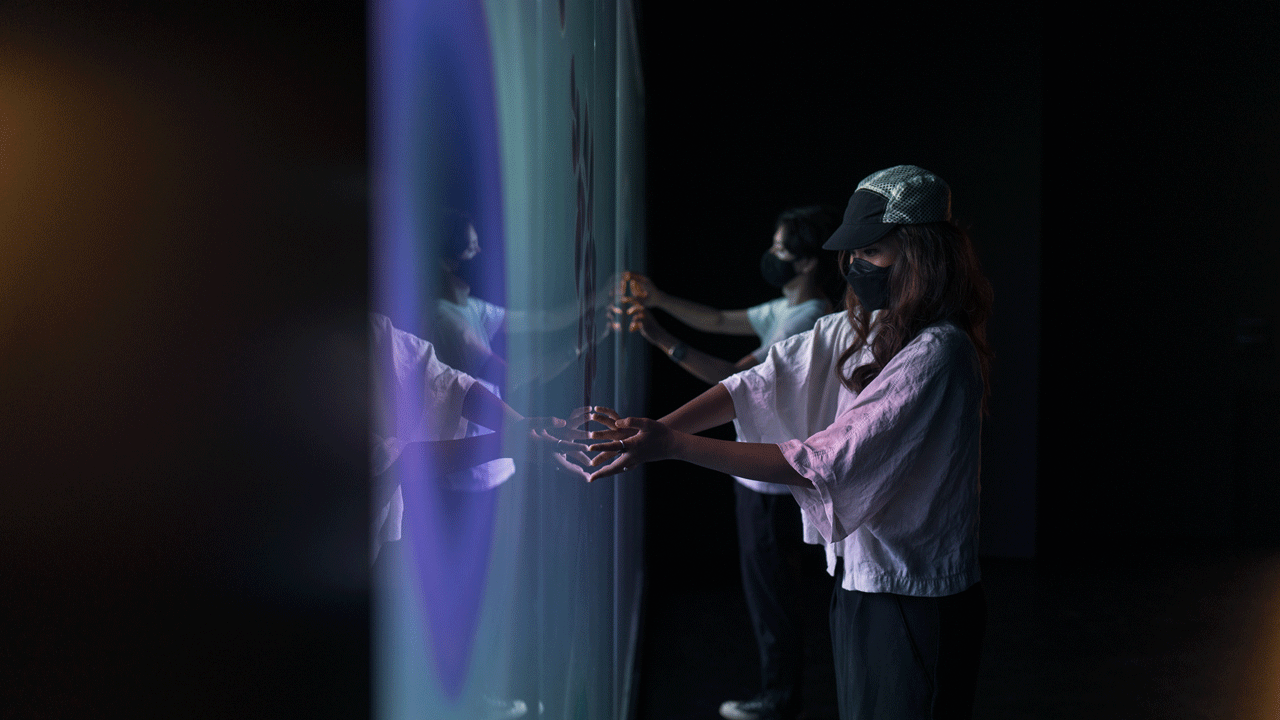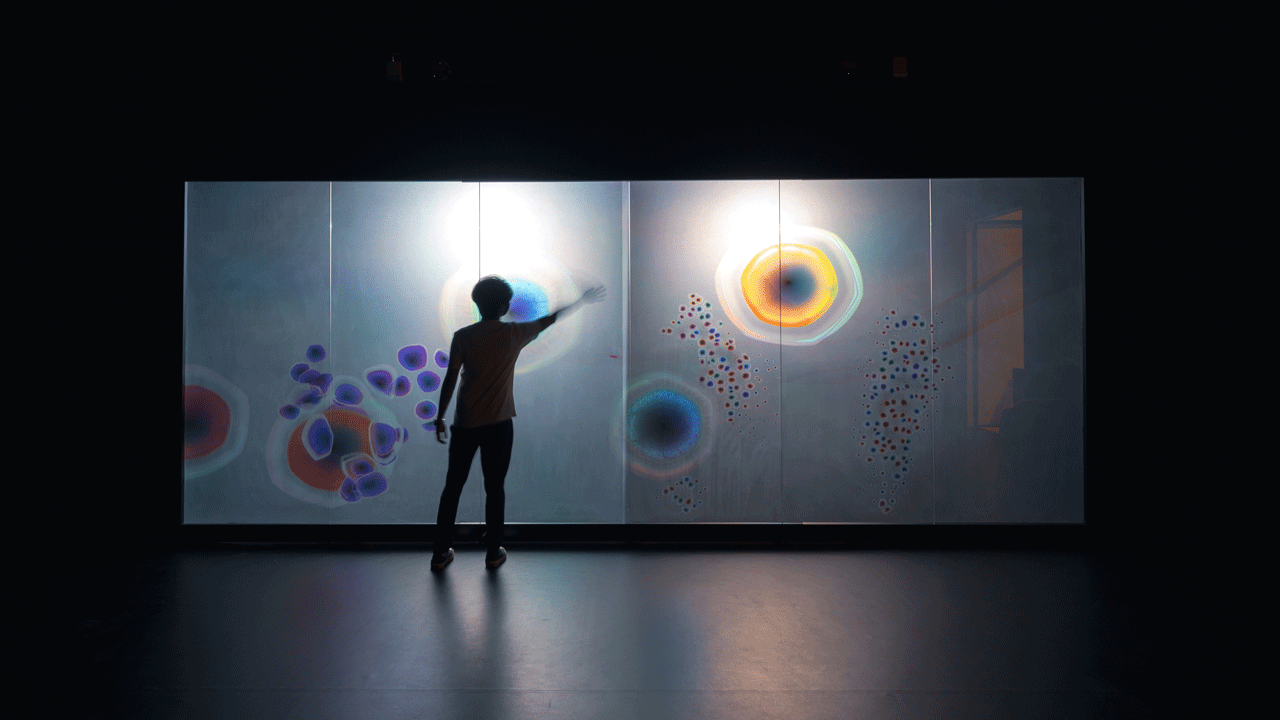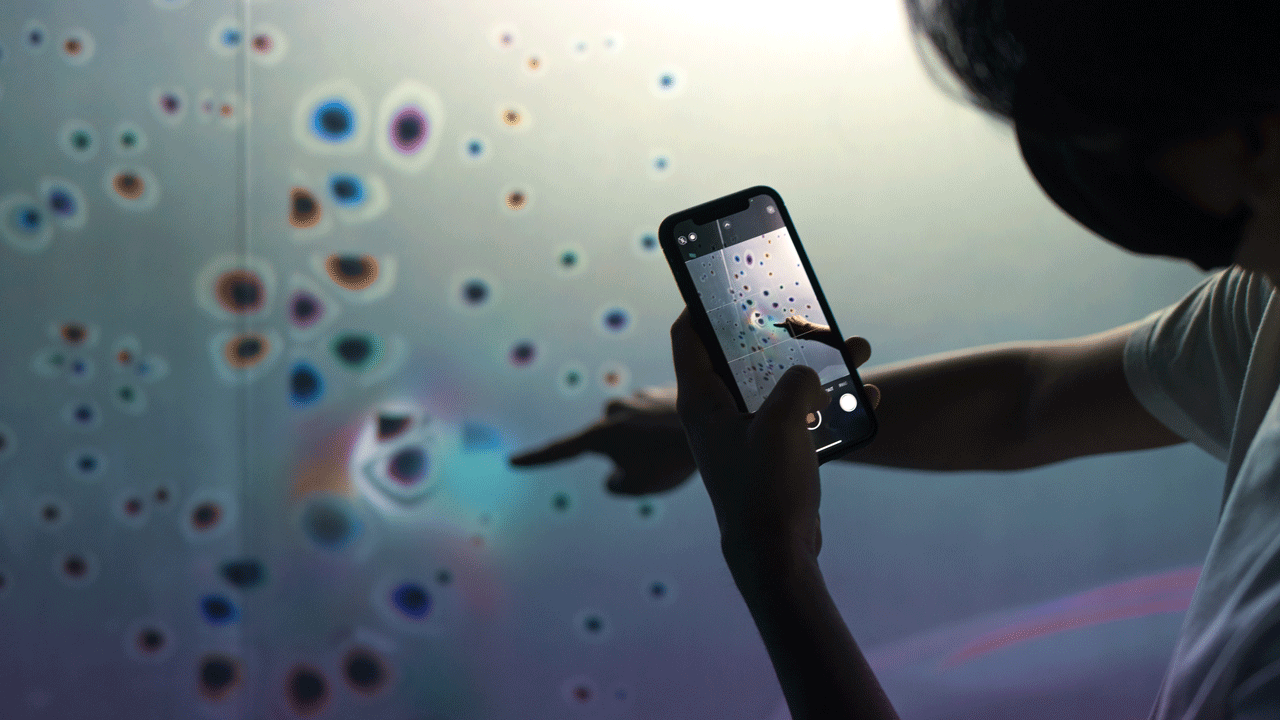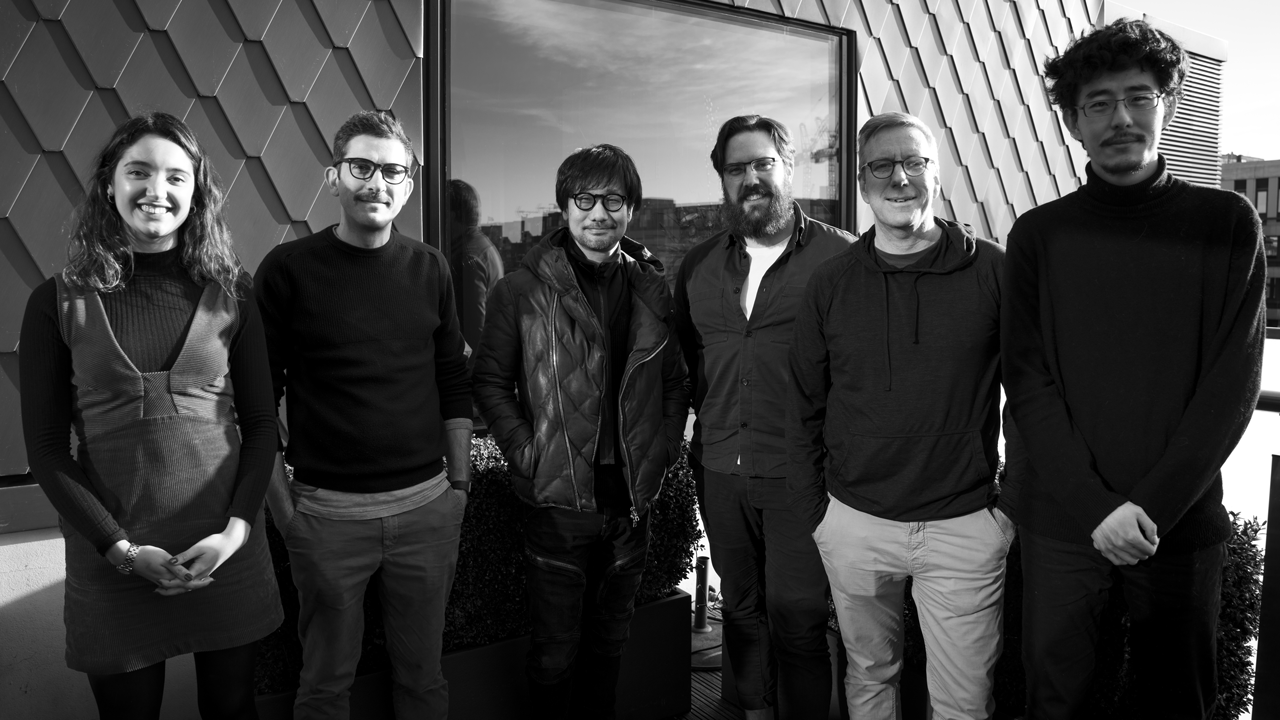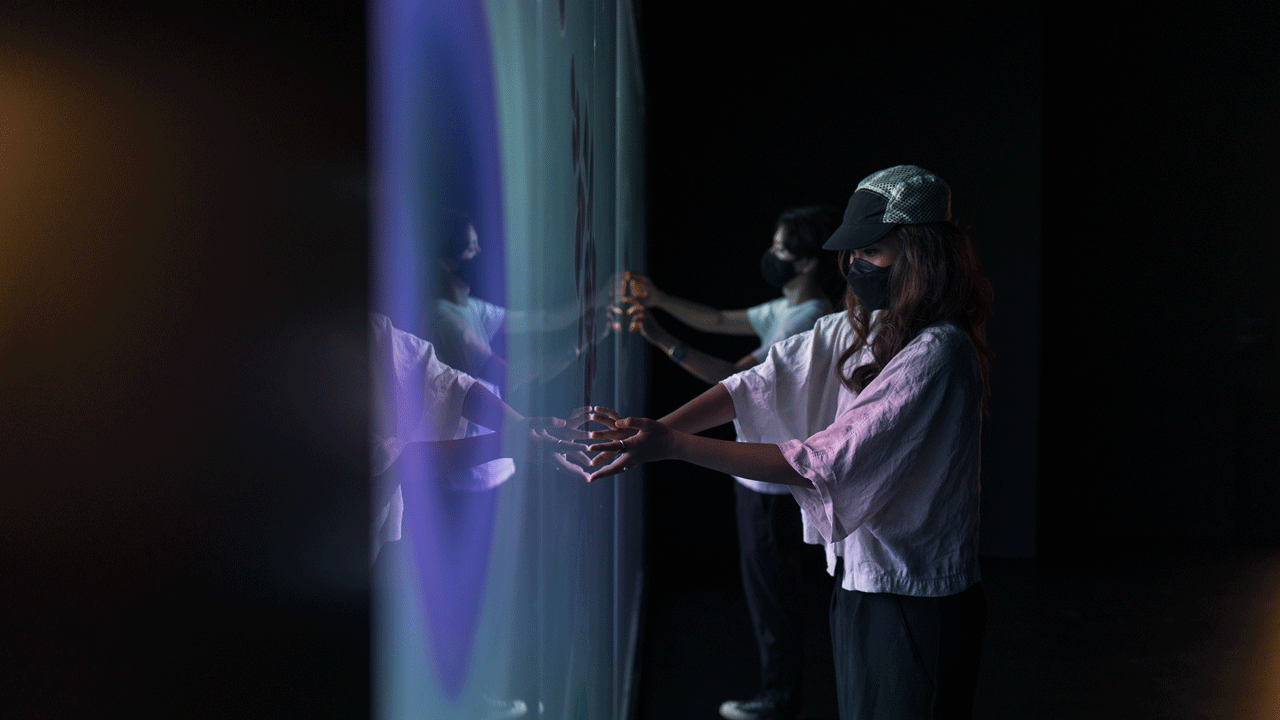Brief
Our Experience team was approached by The Barbican and KOJIMA Productions to reimagine one of their game titles - Death Stranding as an experiential and interactive art piece.
Approach
The team were given early insights into the storyline and some sneak peeks at gameplay which offered our Creative Director Noel Drew endless layers of story to absorb and reinterpret into a spatial experience. Immersing ourselves into the Death Stranding universe gave a sense of tone for the piece. An idea of the floor space allowance enabled us to consider the user experience possibilities, which was iterated on over the early months of the project.
Impact
A unique super-wide interactive touch surface that is accurate in the way it tracks interactions thanks to the synchronised use of 8 Kinects that are constantly providing an understanding of the whole space and the people within in it.
The wall is the only channel between two opposing worlds – one alive with biological cells and the other flowing with galactic energy particles. As visitors approach the wall, the cells and cosmic particles respond to their presence, dividing and clustering with one’s movement. The mesmerising patterns that form will offer hints of communication between different spaces and time.
Amongst one’s interactions and imprints, traces of other silhouettes will emerge and snapshots of past interactions will be replayed. These signs of life within or beyond the wall hint at the structure as a channel of communication between different spaces and time.
Once we had agreed on the creative direction, which was picked by Kojima-san from the different options we provided, we were entrusted to start the build. We had to work within a certain amount of space, the first challenge was to find a way to use the space efficiently while building the biggest interaction surface possible so that the user, when close to the screen would not see its boundaries. We wanted people to feel completely immersed. This brought up three important questions: how do we build an interactive touch system for such a big surface? What technology do we want to use to show the content? How will this be packaged up and shipped around the world for the next few years?
Alessandro Pula, Executive Producer at The Mill
